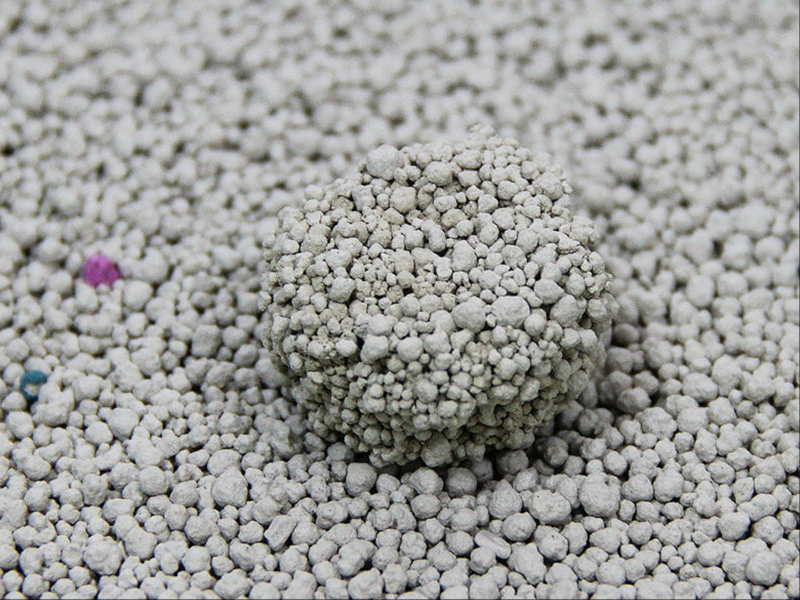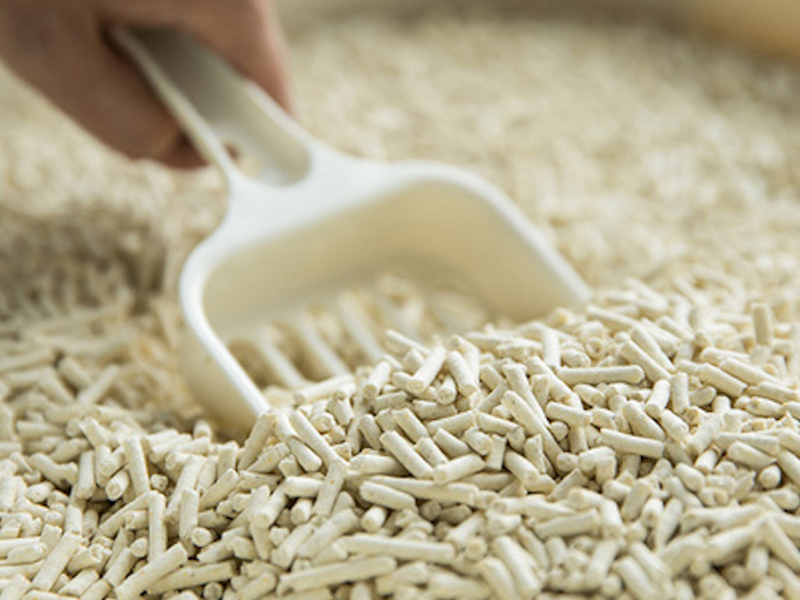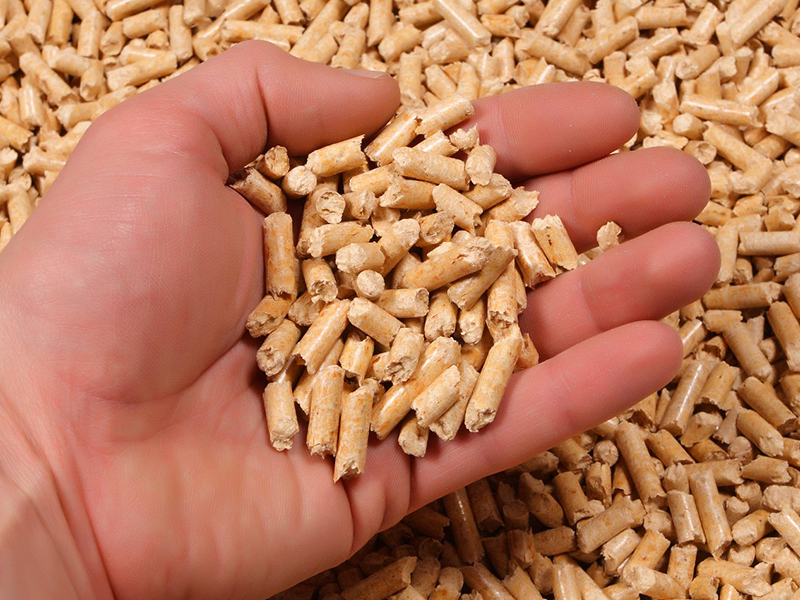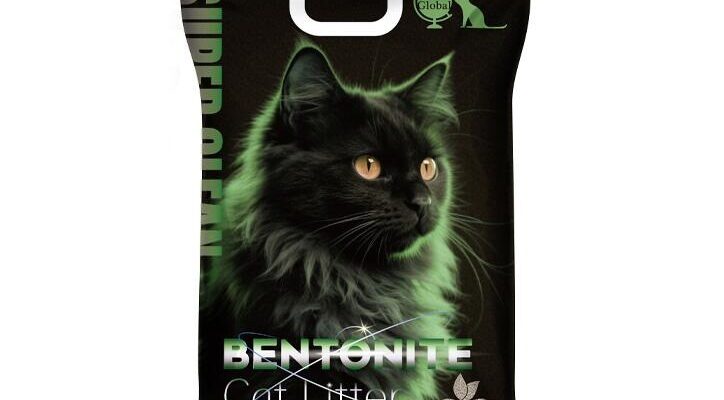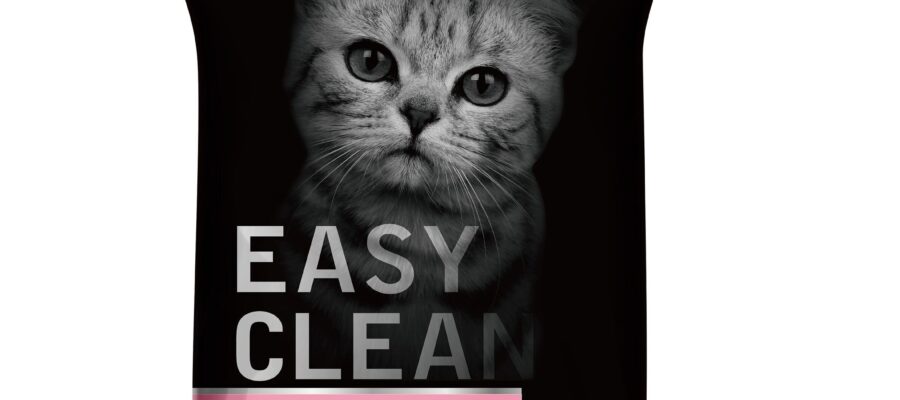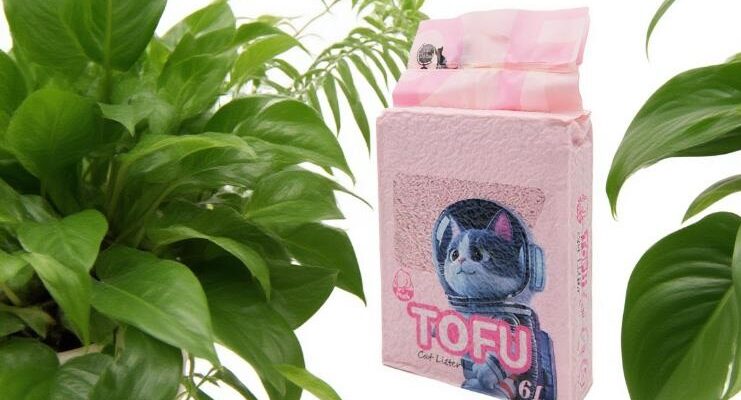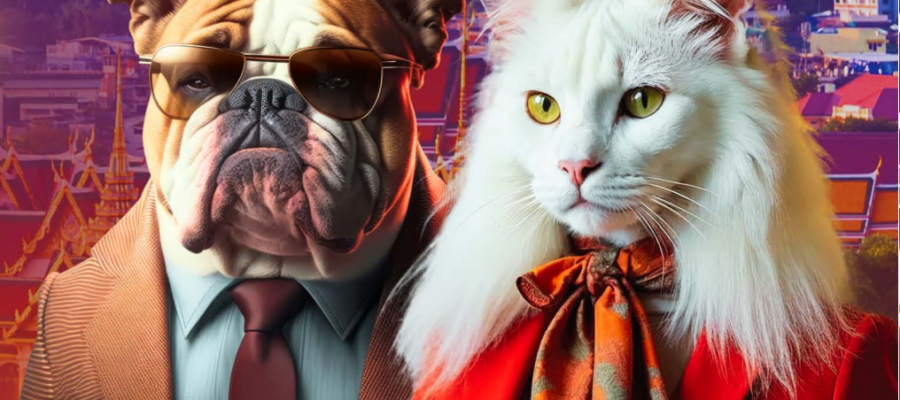A Guide of What Types of Cat Litter to Buy (Clay or Tofu Litter)
You have finally adopted the cat you dreamed of and given them their home forever. Now you are in the basket among a variety of colored bags, boxes and jugs to choose from. There are many types of cat litter to choose from. Include clay cat litter, tofu cat litter, pine cat litter and so on. And to be honest: the pure choices you have can be a bit overwhelming.
How do you know which cat litter is right for you? How do you know which litter offers your cat the best possible experience?
Fortunately for you and your cat, we have created the following subdivision that lists the different types of cat litter:
DIFFERENT KINDS OF CATS
There are some types of cat litter, some natural and some synthetic. If you know the pros and cons of any kind, you can narrow down the options.
Bentonite
Clay is the most traditional cat litter and since cat owners switch to sand and sawdust in the early 20th century. The mines for mineral sewing in clay soils produce the clay litter.
By chance, in the 1940s, clay was absorbent, although some types contain smoked silica. which can be harmful if ingested by cats or humans and can exacerbate allergies. Clay waste is generally cheaper than natural waste, but not necessarily as long-lasting as other types of cat litter.
Tofu
The first successful commercial alternative to clay waste was the whole tofu cat litter. In 2017, Emily Pets brand improve compact soybean that naturally had a high absorption capacity, rapid agglomeration and excellent odor removal capacity.
Paper
This cat litter is made of recycled paper. Sometimes veterinarians recommend paper waste after surgery because they do not contaminate the surgical site. However, this waste does not clump or separate like pine waste, which causes many owners to dispose of the entire box every few days to keep it fresh.
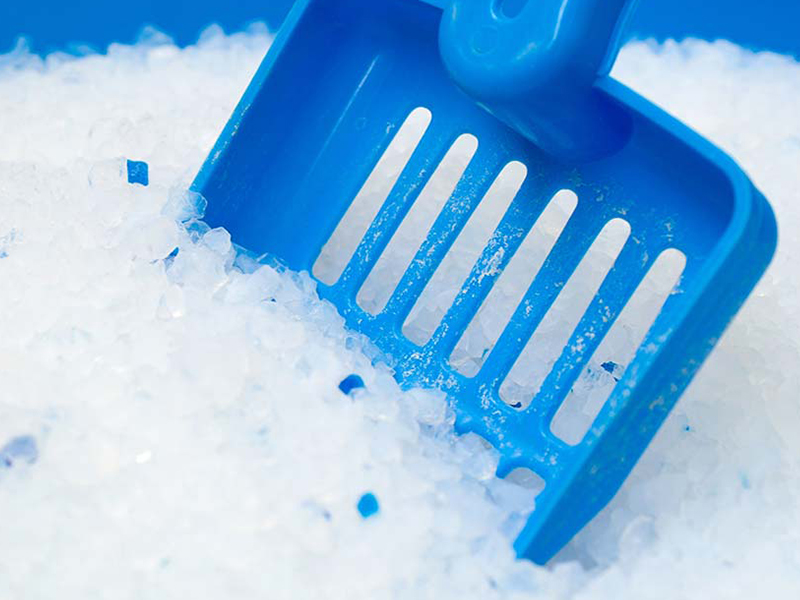
Silica
A recent innovation in the world of waste is the use of silica in waste, similar to the package of preservatives contained in the package. Silica litter is highly absorbent and poor in the dust, but has the same traces as most other litter trays and can be dangerous if ingested in sufficient quantities. This can happen when cats repeatedly clean their feet after using the cat litter. Silica litter does not aggregate and absorption and can’t become solids.
Pine
This kind of cat litter usually comes in larger pellets, which disintegrate on contact with liquids in the sawdust. Pine balls do not clump together. To keep the box clean, collect the solid waste and shake the sawdust on the bottom of the box. If the box contains 90% sawdust, it must be replaced completely. While some cats easily collect pellets, many cats prefer a smaller, more sandy consistency.
WHICH QUALITIES SHOULD BE OBSERVED WHEN YOU CHOOSE YOUR CAT LETTER?
The following features are more personal choices that can influence the type of waste selected, based on lifestyle and waste priorities.
odor control
Some people do not want to smell garbage at all, while others prefer a slight odor to keep the feeling of space fresh or to mask the natural smell of their garbage. Regardless of whether you prefer fragrant litter or not, you can choose which types of litter you can choose from, as not all litter types are available in fragrance formulas.
If you are interested in fragrant litters, you must also choose between natural and synthetic fragrances. Claying clay smells more synthetic than natural litter. A synthetic fragrance is usually not safe for consumption. This can happen if your cat licks his paws after using the cat litter box. Natural fragrances are usually made with natural oil blends or whole ingredients and are generally safer for cats.
LONG CONTINUOUS
One of the most important and even controversial aspects of garbage is its lifetime. While the decision as to when to replace the litter box depends to some extent on personal preference, some litter may more effectively control waste and odor control over a longer period of time.
A cheap litter costs less in the shop, but if you throw it away every few days, you’ll be through much more – which will cost more in the long run. This is especially true for clay waste, which often costs less per container but is not permanent. Non-clogging litters can become unhygienic even after a short time because they do not clump around the feces to keep it in a solid.
A natural, lumpy waste will typically last longer – up to a month or more – before the waste bin needs to be disposed of. This permanent power helps to offset higher upfront costs.
FLUSH ABILITY
One last aspect to consider when choosing a litter is whether it is flushable or not. Some litters can be immediately rinsed in small lumps such as tofu litter. And others are not flush at all like clay cat litter.
Many cat owners prefer washable litters because they can shorten the time spent cleaning by shoveling lumps directly into the toilet.
If you decide which of these properties are most important to you as a cat owner. You can narrow down the types of litter to find the one that works best for you and your cat. If you’re interested in natural, corn-based garbage that packs quickly, is rinsed, and is available in both fragrant and odorless versions. There is an Emily Pets Cat Litter formula that’s perfect for you.

